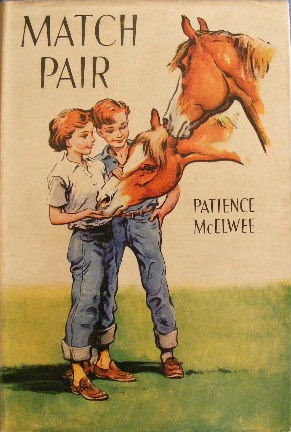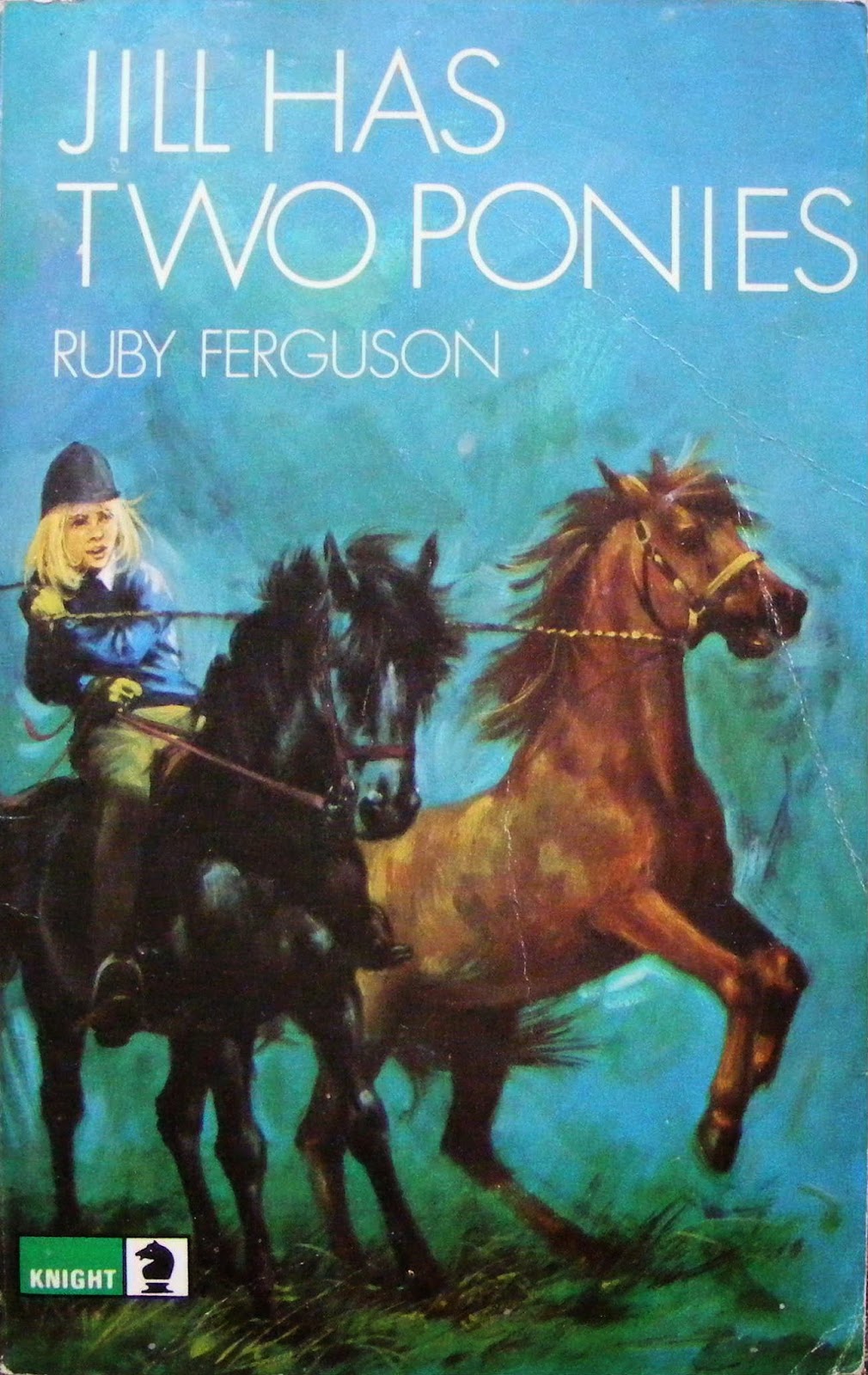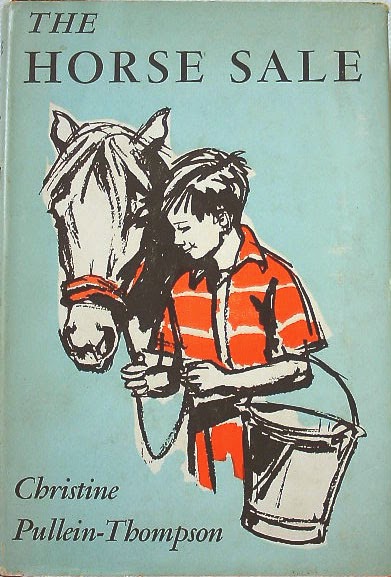PBOTD: 31st March, KM Peyton - Blind Beauty

If I had to chose a favourite K M Peyton, Blind Beauty (1999) would be well up there. When I came back to reading pony books, I hadn't realised that K M Peyton had carried on writing long after The Team and the Flambards series. Blind Beauty is one of her later books, and it picks up one of K M Peyton's best-used themes: the girl who has to fight to make sense of her life. K M Peyton's heroines don't get dealt an easy hand, and Blind Beauty's Tessa is dealt one of the nastiest of all. Her mother's married again: to Maurice, a rich but sadistic bully. Maurice can terrify Myra, Tessa's mother, into submission, but Tessa's not so easy. Scholastic, 1999, cover by the author Maurice loathes being defied, and as Tessa's behaviour gets worse and worse, he decides to pack her off to work at a local racing stable. This doesn't go well at first, either, because Tessa hates everyone and trusts no one, but there's a horse called Buffoo...















